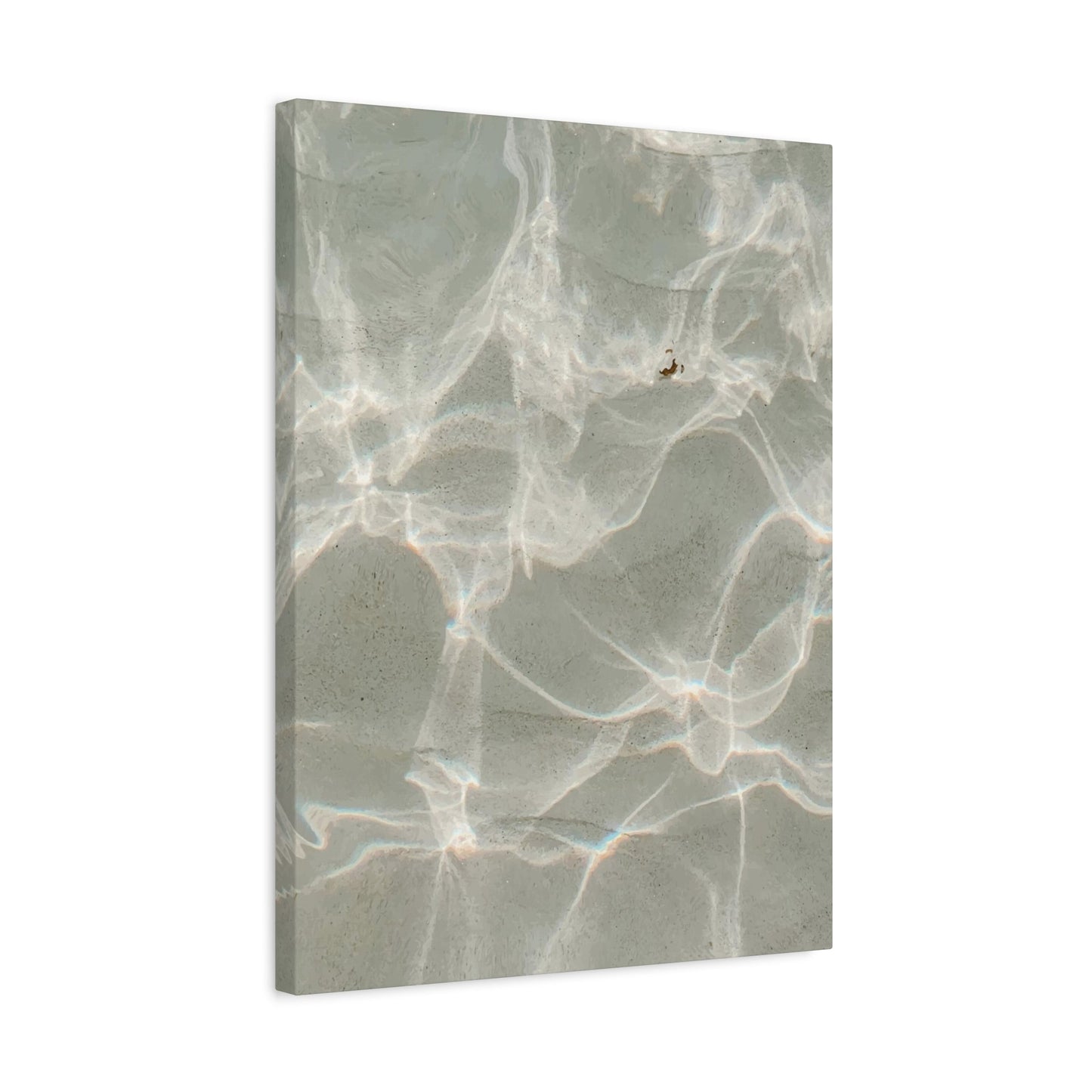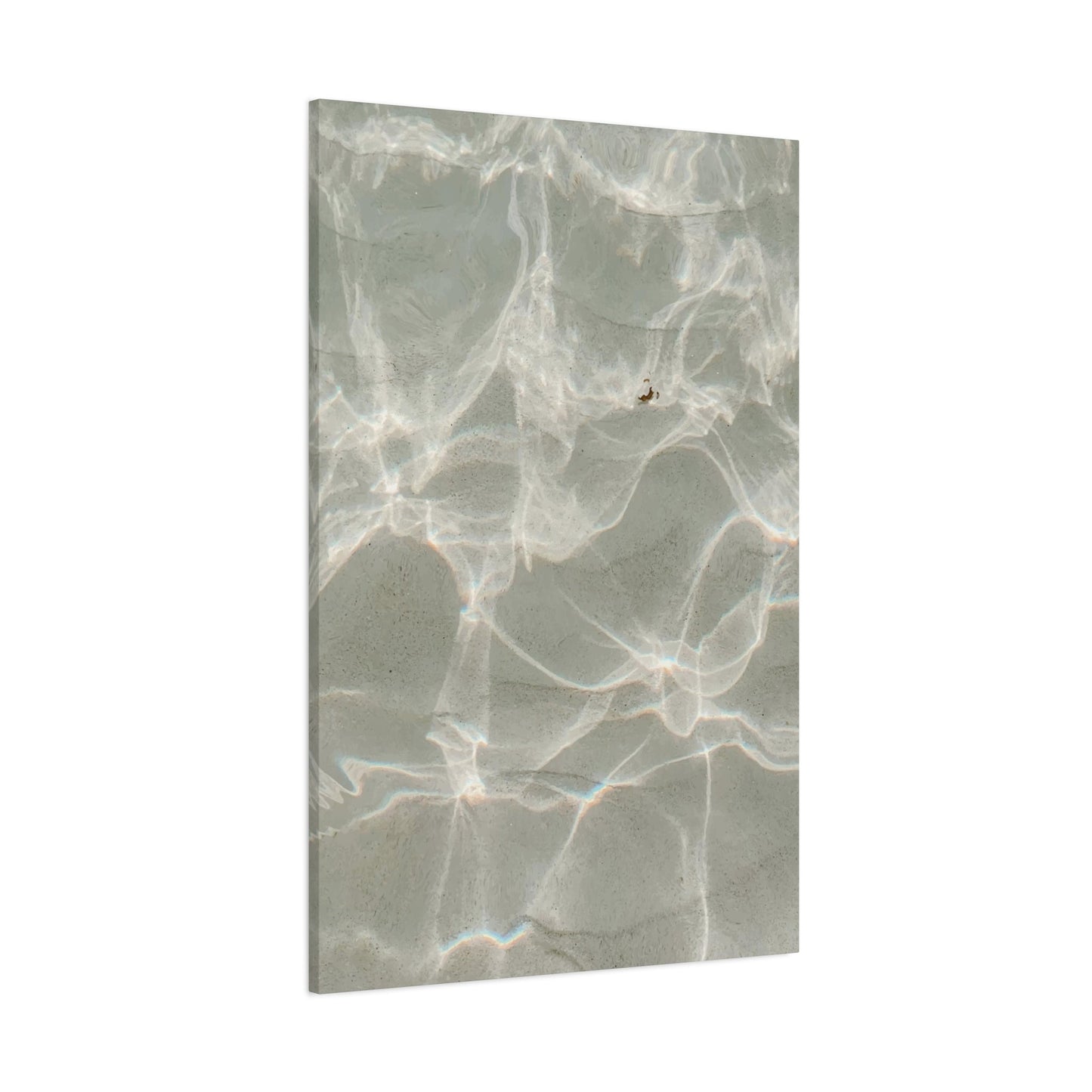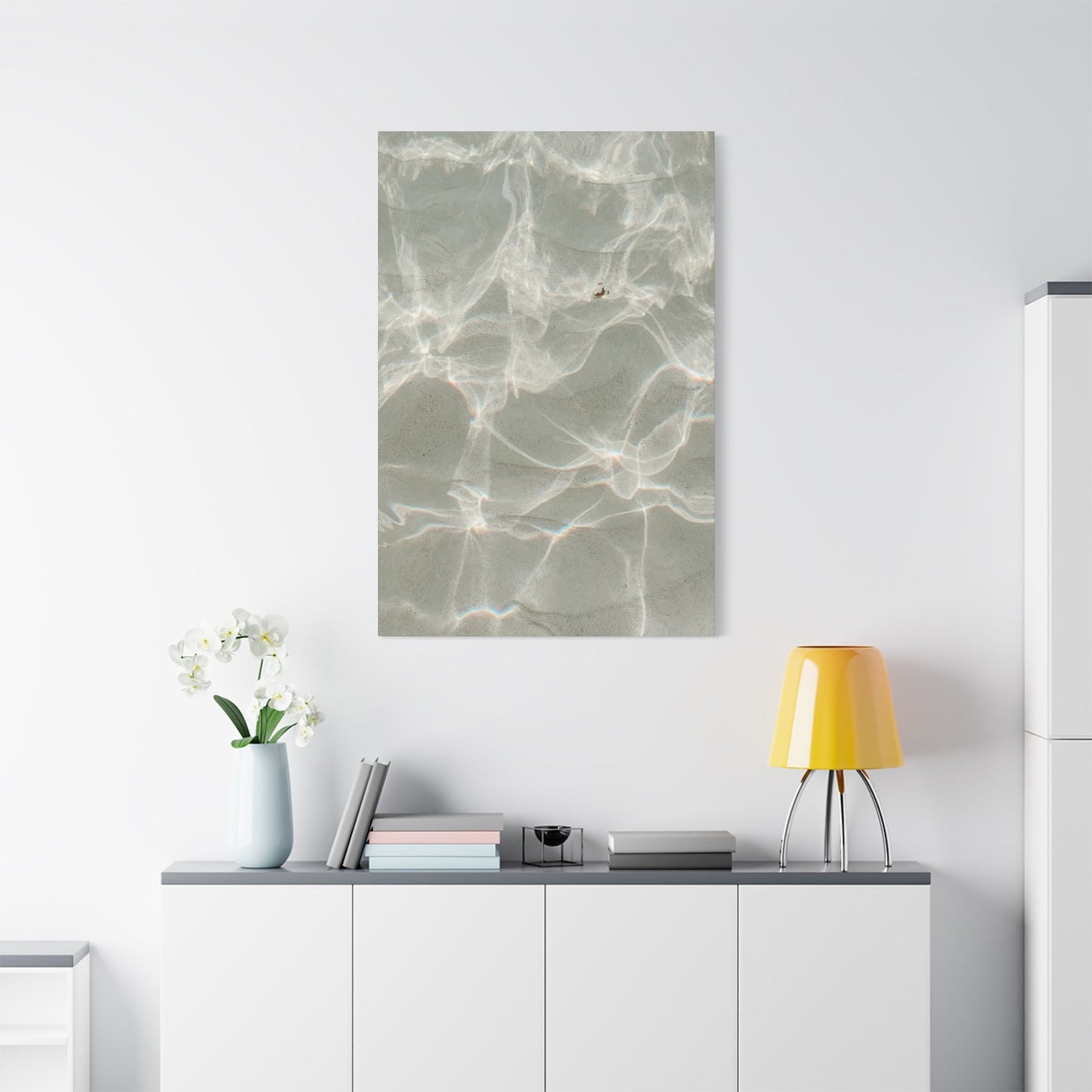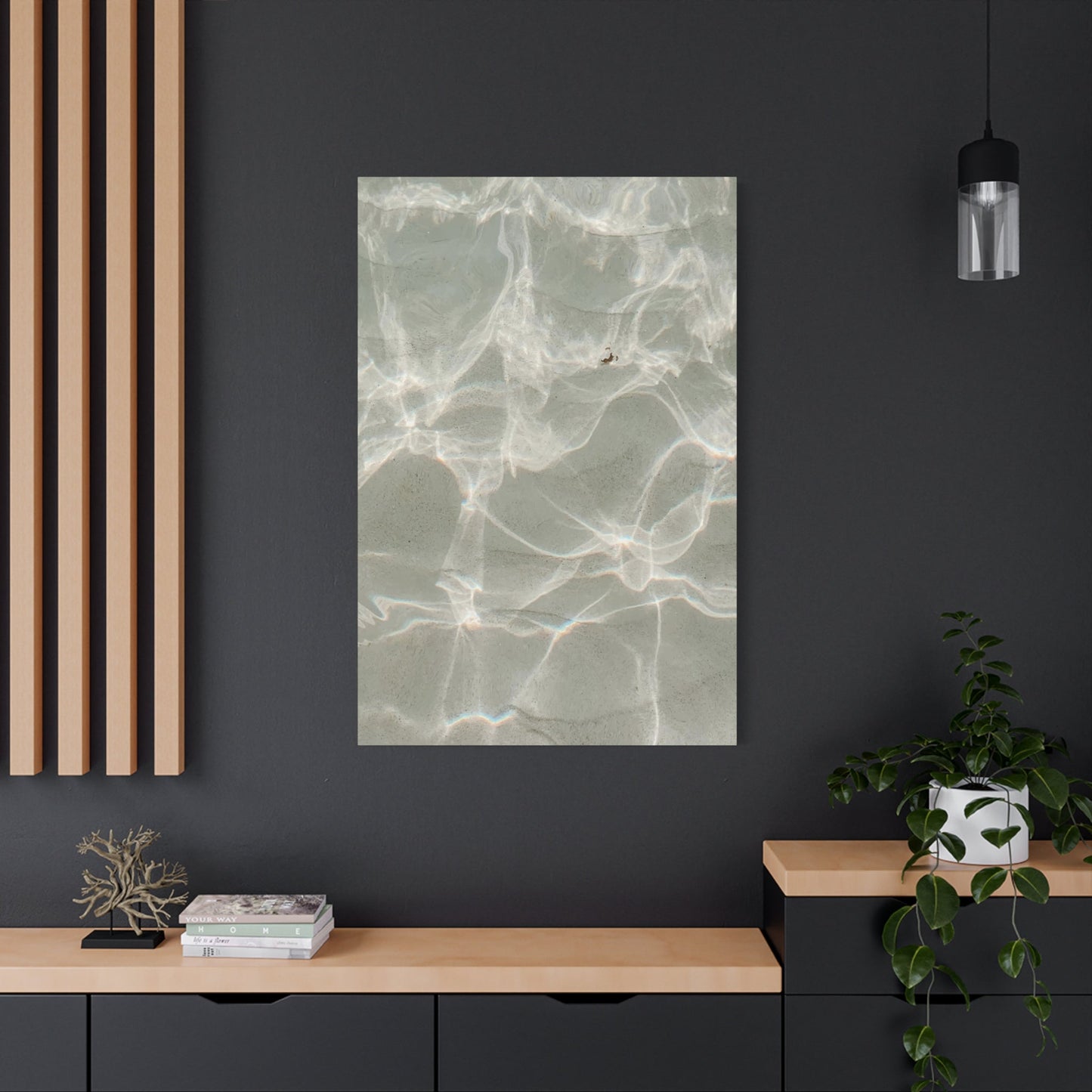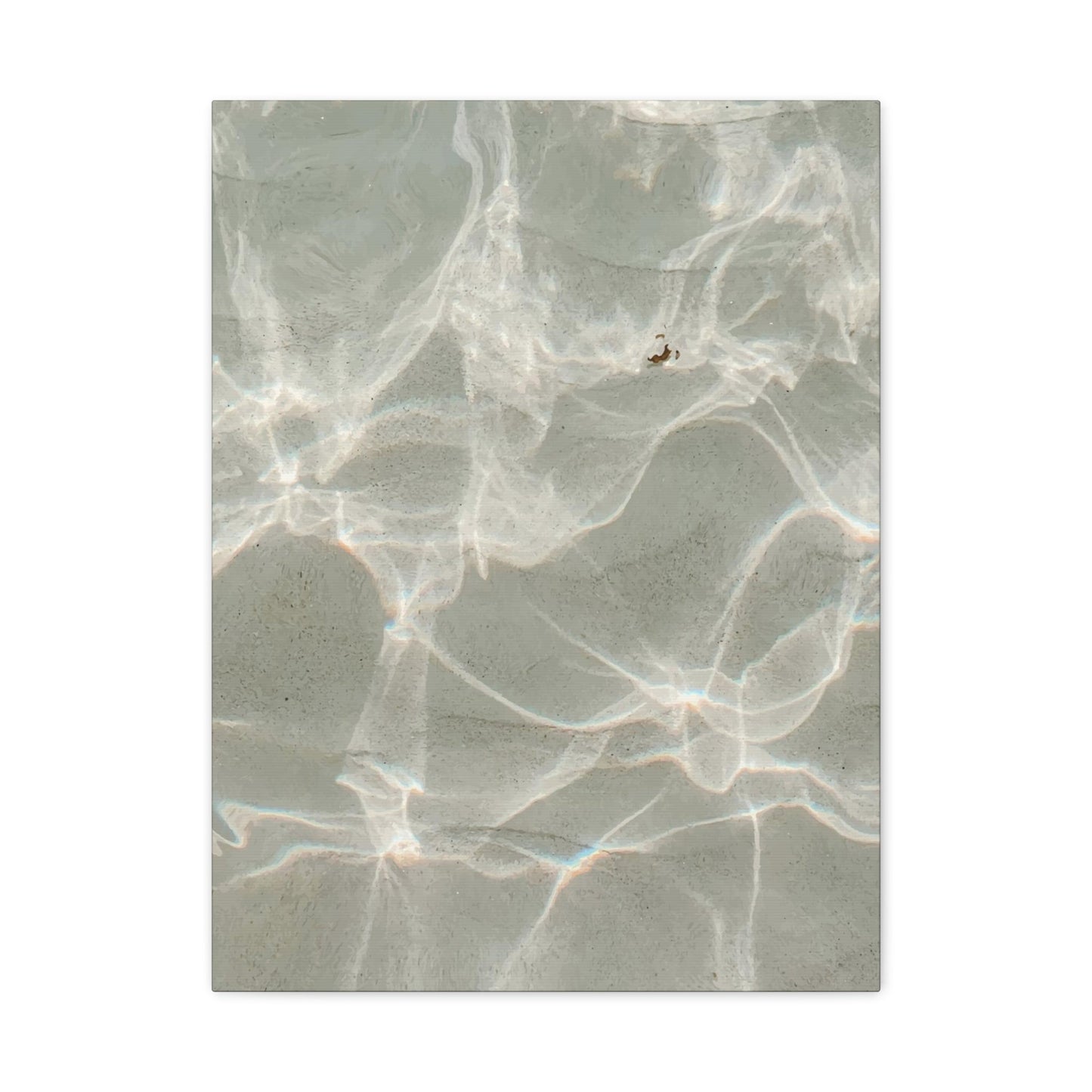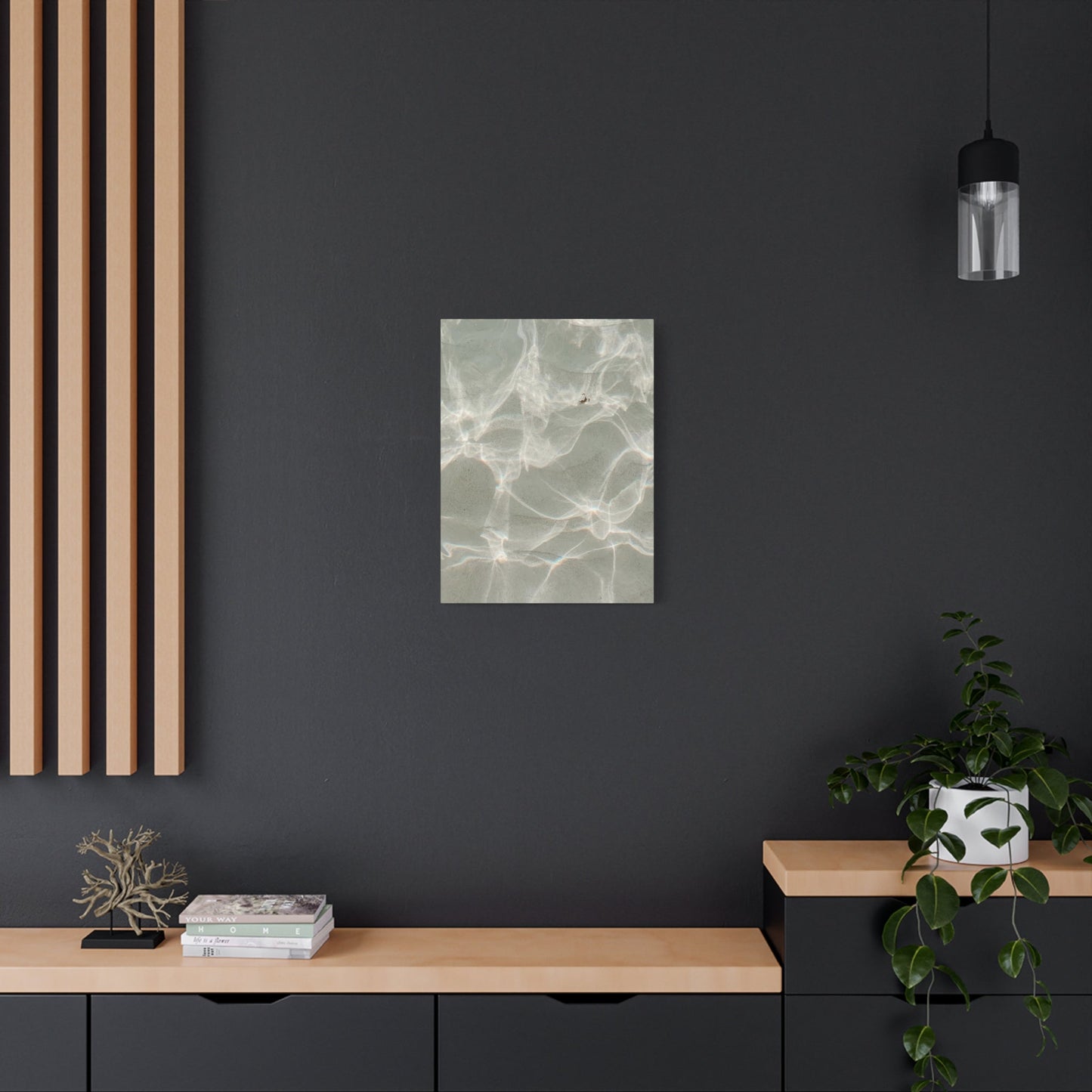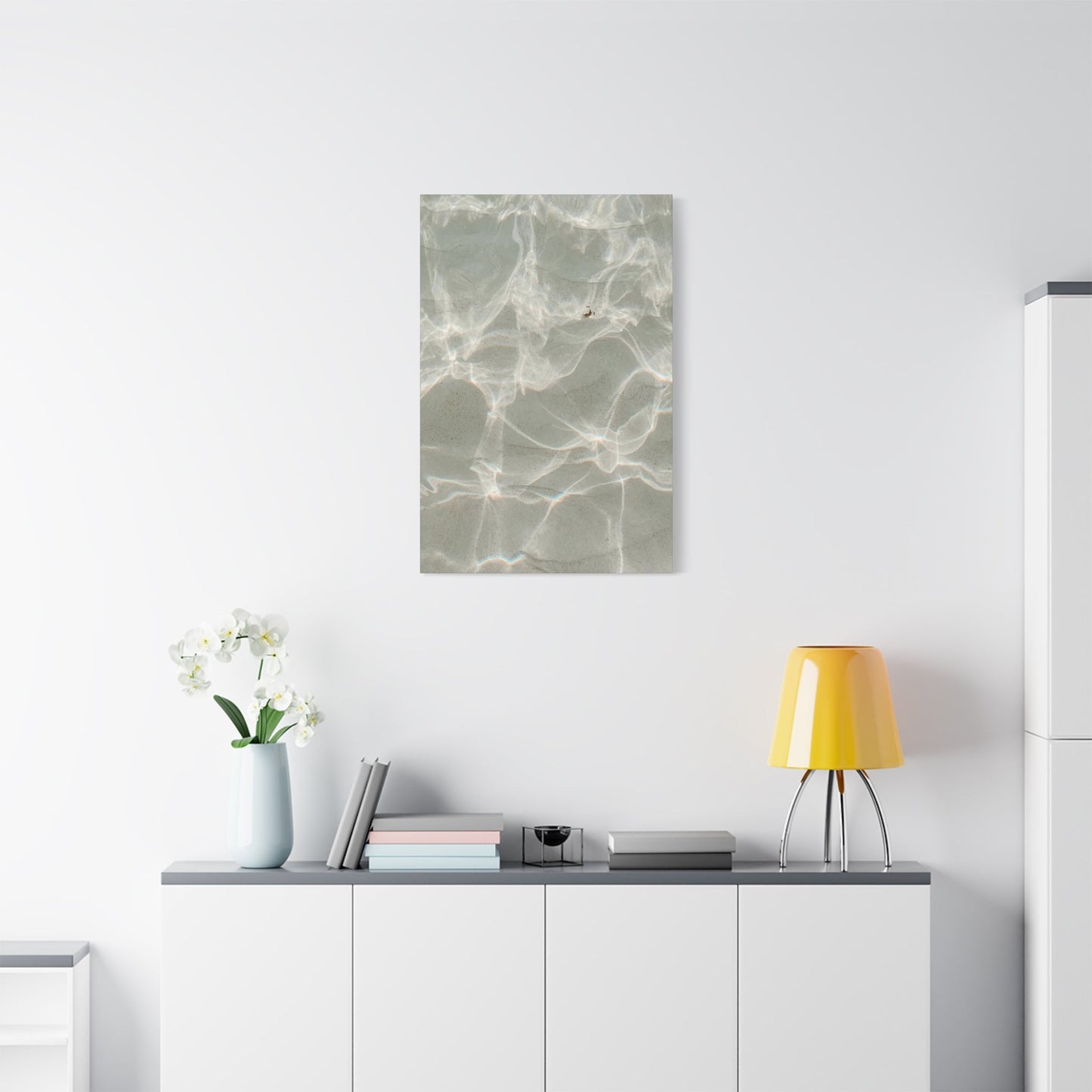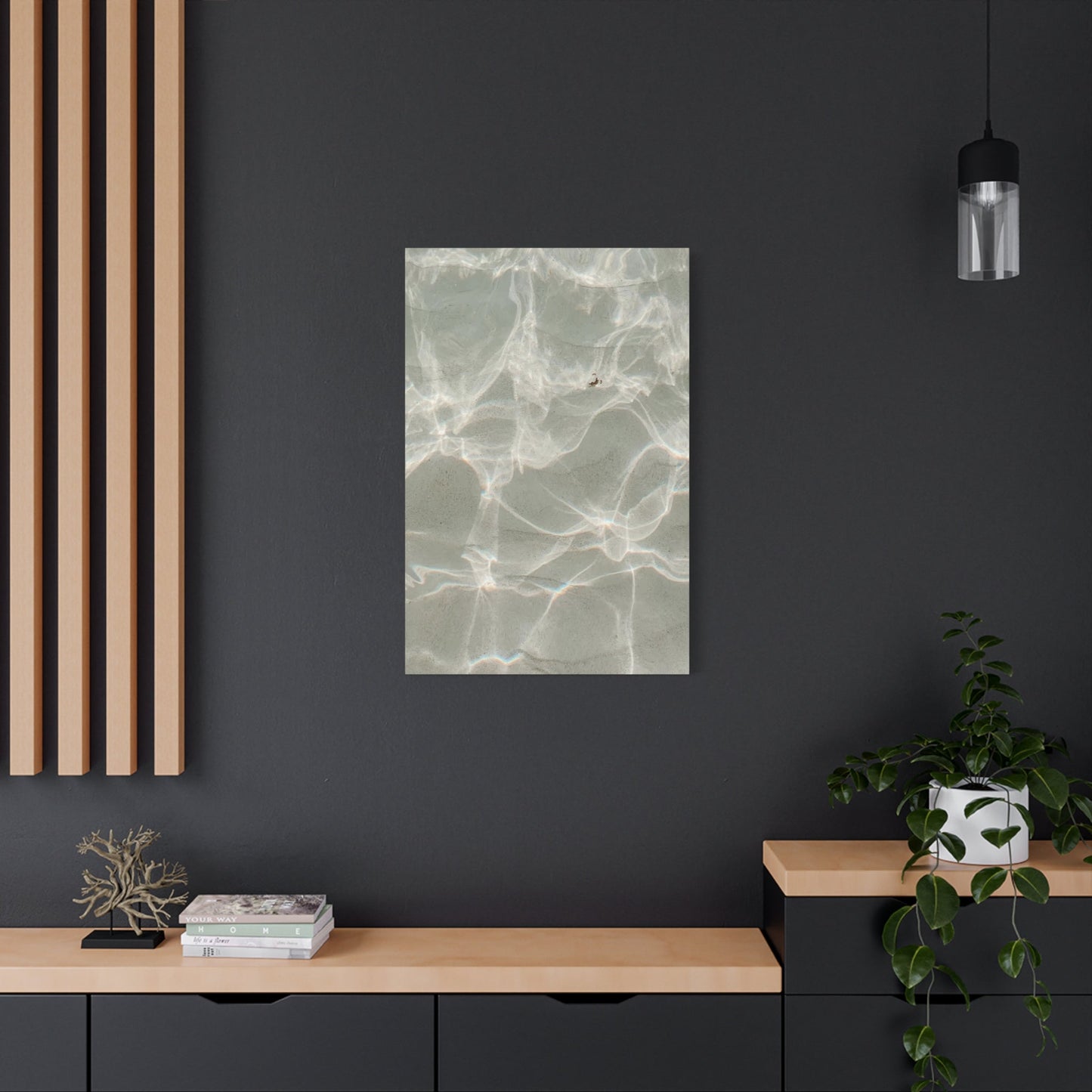Master the Art of Clear Whiteboard Wall Creation: Professional Techniques and Creative Applications
Creating transparent writable surfaces in your living and working spaces has revolutionized the way we approach organization, creativity, and productivity. These innovative surfaces combine functionality with aesthetic appeal, offering a modern solution that seamlessly integrates with any interior design while providing unlimited writing and drawing possibilities.
The concept of transparent writable surfaces has gained tremendous popularity among homeowners, business professionals, educators, and creative individuals seeking versatile solutions for their spatial needs. Unlike conventional boards that can appear bulky and intrusive, these transparent alternatives maintain visual continuity while offering the same functional benefits and often surpassing them in terms of durability and maintenance.
Modern transparent writable surfaces utilize advanced materials and installation techniques that make them accessible to anyone willing to invest time and effort into creating a personalized workspace solution. The installation process has been simplified through readily available materials and tools, making these projects feasible for individuals with varying levels of DIY experience.
The growing trend toward minimalist design and multifunctional spaces has accelerated the adoption of transparent writable surfaces across various environments. These installations serve multiple purposes simultaneously, acting as functional writing surfaces while maintaining the openness and flow of interior spaces without creating visual barriers or reducing perceived room size.
Professional applications have demonstrated the versatility and effectiveness of transparent writable surfaces in corporate environments, educational institutions, creative studios, and healthcare facilities. The ability to write, erase, and rewrite on these surfaces while maintaining visual transparency has proven invaluable in collaborative settings where information sharing and visual communication are paramount.
Environmental considerations have also contributed to the popularity of transparent writable surfaces, as they offer a sustainable alternative to traditional paper-based systems and disposable writing materials. The longevity and reusability of these surfaces align with contemporary sustainability goals while providing cost-effective solutions for long-term use.
The technological advancement in materials science has produced various options for creating transparent writable surfaces, each with distinct characteristics, installation requirements, and performance attributes. Understanding these options enables individuals to select the most appropriate solution for their specific needs, budget constraints, and aesthetic preferences.
Installation flexibility represents another significant advantage of transparent writable surfaces, as they can be adapted to various wall types, room configurations, and architectural features. This adaptability has made them suitable for both temporary installations and permanent fixtures, accommodating changing needs and preferences over time.
The maintenance simplicity of transparent writable surfaces has contributed significantly to their widespread adoption. Unlike traditional boards that may require specialized cleaning products or replacement components, these transparent alternatives typically require only basic cleaning materials and minimal maintenance effort to preserve their functionality and appearance.
Cost considerations have become increasingly favorable for transparent writable surfaces as material costs have decreased and installation techniques have been refined. The initial investment often proves economical when compared to long-term costs associated with traditional alternatives, particularly in high-use environments where durability and longevity are crucial factors.
Personal Transparent Writing Surface at Home
Establishing a transparent writing surface within residential spaces requires careful consideration of location, materials, lighting conditions, and intended usage patterns. The home environment presents unique opportunities and challenges that differ significantly from commercial or educational settings, necessitating a tailored approach to design and implementation.
Residential installations benefit from the ability to customize dimensions, positioning, and aesthetic integration to complement existing decor and architectural features. Homeowners can select materials and finishes that harmonize with their interior design preferences while maintaining the functional requirements of an effective writing surface.
The selection of appropriate wall space represents a critical first step in creating a home transparent writing surface. Factors such as natural lighting availability, traffic patterns, furniture placement, and electrical outlet proximity influence the optimal positioning for maximum functionality and visual appeal.
Material selection for home installations often prioritizes cost-effectiveness and ease of installation over commercial-grade specifications. Residential users typically require materials that can be installed using standard household tools and techniques while still providing adequate durability for typical home usage patterns.
Lighting considerations play a particularly important role in residential transparent writing surface installations. Home environments often have variable lighting conditions throughout the day, requiring careful assessment of natural and artificial light sources to ensure optimal visibility and functionality during all usage periods.
Storage integration becomes especially relevant in home installations where space efficiency is paramount. Many residential transparent writing surface projects incorporate adjacent storage solutions for writing materials, erasers, and related supplies to maintain organization and accessibility while preserving the clean aesthetic of the installation.
Family considerations influence material selection and positioning decisions in residential environments. Households with children may require lower mounting heights, safety considerations, and more durable materials capable of withstanding enthusiastic use and potential impacts from toys or other household items.
Privacy aspects unique to residential settings may influence the selection of transparent writing surface materials. Some homeowners prefer materials that offer varying degrees of opacity or translucency to balance functionality with privacy requirements, particularly in spaces visible from exterior windows or adjacent properties.
Budget constraints often drive residential installations toward cost-effective material choices and simplified installation techniques. Many successful home installations utilize readily available materials from home improvement stores, reducing both material costs and the need for specialized suppliers or contractors.
Maintenance accessibility in residential settings typically favors materials and installation methods that homeowners can manage independently. The ability to clean, maintain, and potentially relocate transparent writing surfaces without professional assistance often influences material selection and mounting system choices for home installations.
Writing Surface Solutions for Office Environments
Office environments present distinct requirements for transparent writing surface installations that prioritize collaboration, durability, professional appearance, and integration with existing technology infrastructure. Corporate settings often demand higher performance standards and more sophisticated installation approaches compared to residential applications.
Professional installations frequently incorporate multiple transparent writing surfaces arranged to facilitate team collaboration and information sharing. The positioning and sizing of these surfaces must accommodate various meeting configurations, presentation requirements, and workflow patterns typical of modern office environments.
Integration with digital technology represents a significant consideration in office transparent writing surface installations. Many professional environments require compatibility with digital cameras, video conferencing systems, document scanning capabilities, and remote collaboration tools that can capture and share written content with distant participants.
Durability requirements in office settings often exceed those of residential applications due to higher usage frequency, multiple users, and the potential for intensive use during extended meetings or brainstorming sessions. Material selection must account for these demanding usage patterns while maintaining professional appearance standards.
Aesthetic considerations in office environments typically emphasize clean, modern appearances that complement professional decor and corporate branding requirements. The visual integration of transparent writing surfaces with existing office furniture, color schemes, and architectural features often requires careful material selection and installation planning.
Maintenance protocols in professional settings usually involve facilities management personnel or contracted cleaning services. The selection of materials and cleaning procedures must accommodate these professional maintenance approaches while ensuring consistent performance and appearance over extended periods.
Safety and regulatory compliance considerations may influence office transparent writing surface installations, particularly in industries with specific workplace safety requirements or in buildings subject to particular building codes or accessibility standards. Professional installations often require compliance documentation and regular safety assessments.
Budget considerations in office environments typically involve different cost-benefit analyses compared to residential applications. Professional installations often justify higher initial costs through productivity improvements, space utilization efficiency, and long-term operational benefits that may not apply to residential settings.
Flexibility and reconfiguration capabilities often rank highly among office transparent writing surface requirements. Professional environments frequently undergo layout changes, team reorganizations, and functional modifications that may require transparent writing surface relocation or reconfiguration to maintain optimal functionality.
Technology integration opportunities in office environments may include connectivity to presentation systems, integration with building automation systems, or compatibility with specialized industry software applications. These technological considerations can significantly influence material selection and installation approaches for professional transparent writing surface projects.
Converting Standard Walls into Functional Writing Surfaces
The process of converting existing wall surfaces into functional writing areas involves comprehensive assessment of structural, aesthetic, and practical considerations that vary significantly based on wall construction, surface conditions, and intended usage requirements. This transformation process requires systematic planning and execution to achieve optimal results.
Wall surface preparation represents the foundation for successful transparent writing surface installation. Different wall types, including drywall, plaster, concrete, brick, and wood paneling, each present unique preparation requirements and may necessitate different installation approaches or material selections to achieve optimal adhesion and performance.
Surface texture evaluation plays a crucial role in determining the appropriate preparation methods and material selections. Smooth surfaces typically provide the best foundation for transparent writing surfaces, while textured surfaces may require additional preparation steps, leveling compounds, or alternative installation methods to achieve the desired smoothness and functionality.
Existing wall coverings, paint types, and surface treatments must be carefully evaluated and potentially modified to ensure proper adhesion and long-term performance of transparent writing surfaces. Some existing finishes may be incompatible with certain adhesive systems or may require complete removal to achieve optimal installation results.
Structural considerations include assessment of wall load-bearing capacity, stud locations, and the potential impact of mounting hardware on building systems such as electrical wiring, plumbing, or HVAC components. Proper structural evaluation helps prevent damage to building systems and ensures secure installation of transparent writing surfaces.
Dimensional planning involves careful measurement and layout to optimize the size and positioning of transparent writing surfaces within available wall space. Considerations include door and window locations, electrical outlets, light switches, and furniture placement that may influence the optimal dimensions and positioning of the writing surface.
Installation method selection depends on multiple factors including wall type, surface conditions, material characteristics, and permanence requirements. Options range from adhesive mounting systems to mechanical fastening methods, each with distinct advantages, limitations, and installation requirements.
Edge treatment and finishing details significantly impact both the functional performance and aesthetic appearance of wall-mounted transparent writing surfaces. Proper edge sealing, trim installation, and transition details help ensure professional appearance and prevent moisture or debris intrusion that could compromise performance.
Integration with existing architectural features requires careful planning to maintain visual continuity and functional efficiency. Successful wall conversions often incorporate existing trim, molding, or architectural details into the transparent writing surface installation to create seamless integration with the surrounding environment.
Quality control during the conversion process involves systematic inspection of surface preparation, material installation, and finishing details to ensure optimal performance and appearance. Attention to detail during installation significantly impacts both immediate functionality and long-term satisfaction with the converted writing surface.
Transparent Writing Surfaces
Modern workspace design increasingly emphasizes flexibility, collaboration, and visual connectivity, making transparent writing surfaces ideal solutions for contemporary office environments. These applications support the evolving nature of work relationships, project management approaches, and team collaboration methodologies that characterize today's professional environments.
Collaborative workspace configurations benefit significantly from transparent writing surfaces that enable multiple participants to contribute simultaneously while maintaining visual connection with other team members and workspace activities. This transparency fosters inclusive participation and helps maintain engagement during extended collaborative sessions.
Project management applications utilize transparent writing surfaces to create visual project tracking systems, workflow diagrams, and progress monitoring displays that remain visible to all team members while allowing real-time updates and modifications. This visibility helps maintain project momentum and ensures consistent communication among team participants.
Design thinking processes in modern workspaces rely heavily on visual brainstorming, concept development, and iterative refinement that transparent writing surfaces support exceptionally well. The ability to layer ideas, make connections between concepts, and maintain visual records of creative processes aligns perfectly with contemporary design methodologies.
Remote work integration has become increasingly important as hybrid work models gain popularity. Transparent writing surfaces positioned strategically within workspace areas enable effective video conferencing and remote collaboration by providing clear visibility of written content to remote participants while maintaining local team engagement.
Agile work methodologies benefit from transparent writing surfaces that support rapid iteration, visual planning, and flexible information organization. The ability to quickly modify, reorganize, and update visual information aligns well with agile principles and supports dynamic team processes that require adaptability and responsiveness.
Space utilization optimization in modern workspaces often involves transparent writing surfaces that serve multiple functions without requiring dedicated floor space or creating visual barriers. This efficiency supports the contemporary trend toward smaller, more flexible workspace footprints while maintaining functional capability.
Technology integration opportunities in contemporary workspaces include digital capture systems, interactive projection capabilities, and connectivity with collaboration software platforms. These technological enhancements expand the functionality of transparent writing surfaces beyond basic writing and erasing to include digital archiving and remote sharing capabilities.
Wellness considerations in modern workspace design recognize the importance of visual openness, natural light transmission, and reduced visual clutter in supporting employee wellbeing. Transparent writing surfaces contribute to these wellness objectives while maintaining essential functionality for productive work activities.
Cultural and generational preferences in contemporary workspaces often favor interactive, visual, and technology-enabled tools that transparent writing surfaces provide. These preferences align with the communication styles and work methodologies preferred by younger professionals and creative industries that emphasize visual communication and collaborative processes.
Cost-Effective Methods for Constructing Transparent Writing Surfaces
Budget-conscious approaches to transparent writing surface creation focus on material optimization, installation efficiency, and long-term value rather than simply minimizing initial costs. Effective cost management involves understanding the relationship between material quality, installation complexity, and performance expectations to achieve optimal value for available resources.
Material sourcing strategies can significantly impact project costs through careful selection of suppliers, timing of purchases, and quantity considerations. Bulk purchasing, seasonal promotions, and alternative supplier evaluation often yield substantial cost savings without compromising material quality or performance characteristics.
Tool and equipment considerations influence both initial project costs and installation feasibility. Many cost-effective installations utilize standard household tools and readily available equipment, reducing the need for specialized tool purchases or rental expenses that can significantly impact total project costs.
Labor cost optimization involves realistic assessment of DIY capabilities versus professional installation requirements. Many transparent writing surface installations fall within the capabilities of motivated homeowners or office administrators, providing significant labor cost savings compared to professional installation services.
Material grade selection represents a critical cost management decision that requires balancing initial costs against long-term performance expectations. Understanding the performance differences between material grades enables informed decisions that optimize value rather than simply minimizing initial expenditure.
Installation method selection impacts both material costs and installation complexity. Adhesive mounting systems often provide cost advantages over mechanical fastening methods, though the specific application requirements may favor one approach over another based on long-term performance expectations and maintenance considerations.
Preparation cost management involves realistic assessment of existing surface conditions and required preparation steps. Proper preparation is essential for optimal performance, but understanding preparation requirements enables cost-effective material selection and installation planning that minimizes unnecessary expenses.
Long-term value calculations should consider maintenance requirements, durability expectations, and potential replacement costs over the expected service life of the transparent writing surface. Initial cost savings that compromise long-term performance may prove more expensive over time than higher-quality initial installations.
Phased implementation approaches enable cost distribution over extended periods while providing immediate functionality improvements. Starting with smaller installations or basic material grades allows for gradual expansion and upgrades as budgets permit and experience accumulates.
Cost comparison methodologies should evaluate transparent writing surface installations against alternative solutions such as traditional boards, paper-based systems, or digital alternatives. Comprehensive cost analysis often reveals that transparent writing surfaces provide superior long-term value despite potentially higher initial costs.
Benefits and Systems Enhancement through Transparent Writing Surfaces
Organizational applications of transparent writing surfaces extend far beyond basic writing and erasing to encompass comprehensive information management, visual planning systems, and collaborative organization methodologies that support improved efficiency and communication in various settings.
Visual organization systems benefit significantly from transparent writing surfaces that enable layered information display, color-coded categorization, and hierarchical information arrangement. These capabilities support complex organizational schemes that would be difficult or impossible to implement using traditional boards or paper-based systems.
Information flow management utilizes transparent writing surfaces to create dynamic displays that can be updated, modified, and reorganized as information changes or organizational priorities shift. This flexibility supports responsive organizational approaches that adapt quickly to changing circumstances and requirements.
Collaborative planning processes leverage the visual accessibility and multi-user capabilities of transparent writing surfaces to engage team members in organizational planning, priority setting, and resource allocation decisions. The transparency enables all participants to contribute while maintaining visibility of the overall organizational framework.
Project coordination applications utilize transparent writing surfaces to create comprehensive project tracking systems that display timelines, resource requirements, progress indicators, and interdependencies in visual formats that support effective project management and team coordination.
Communication enhancement results from the visual clarity and accessibility that transparent writing surfaces provide for important organizational information. Key messages, policies, procedures, and updates can be displayed prominently while allowing easy modification and updating as organizational needs evolve.
Accountability systems benefit from transparent writing surfaces that display responsibilities, deadlines, and progress indicators in formats visible to all team members. This visibility often improves individual accountability and team coordination while reducing the need for frequent status meetings and progress reports.
Problem-solving processes utilize transparent writing surfaces to create visual problem analysis frameworks, solution development activities, and decision-making tools that engage multiple participants while maintaining clear documentation of the problem-solving process and outcomes.
Performance tracking applications leverage transparent writing surfaces to create visual performance dashboards, goal tracking systems, and achievement recognition displays that motivate individual and team performance while maintaining visibility of organizational objectives and progress.
Knowledge management systems incorporate transparent writing surfaces as components of comprehensive knowledge sharing and documentation strategies. The ability to capture, display, and modify information in real-time supports organizational learning and knowledge retention objectives.
Continuous improvement processes benefit from transparent writing surfaces that support systematic identification of improvement opportunities, tracking of improvement initiatives, and documentation of lessons learned. The visual nature of these systems supports continuous improvement methodologies and organizational learning objectives.
Creative Applications and Artistic Uses for Transparent Writing Surfaces
Creative applications of transparent writing surfaces extend far beyond traditional organizational and educational uses to encompass artistic expression, design development, and innovative communication approaches that leverage the unique visual characteristics of transparent materials.
Artistic expression opportunities include layered drawing techniques, transparent overlay effects, and collaborative artistic projects that traditional opaque surfaces cannot support. Artists and creative professionals utilize these surfaces for concept development, visual experimentation, and finished artistic works that exploit transparency as a design element.
Design development processes in various creative fields benefit from the ability to layer concepts, test visual relationships, and explore design alternatives using transparent writing surfaces. Graphic designers, architects, interior designers, and other creative professionals find these surfaces valuable for iterative design development and client presentation activities.
Visual brainstorming techniques are enhanced by transparent writing surfaces that enable idea clustering, relationship mapping, and concept development activities that build upon visual connections and layered information display. Creative teams often find these surfaces more conducive to innovative thinking than traditional brainstorming tools.
Presentation and communication applications in creative fields utilize the visual impact and flexibility of transparent writing surfaces to create engaging presentations, client interactions, and public displays that capture attention and communicate complex ideas effectively.
Educational applications in art and design instruction benefit from transparent writing surfaces that enable demonstration techniques, layered instruction methods, and collaborative learning activities that support creative skill development and artistic exploration.
Installation art and public art applications sometimes incorporate transparent writing surfaces as interactive elements that invite public participation, community engagement, and collaborative artistic expression. These applications often blur the boundaries between functional tools and artistic installations.
Therapeutic and wellness applications utilize transparent writing surfaces in art therapy, stress reduction activities, and creative expression programs that support mental health and personal development objectives. The non-threatening nature of erasable surfaces often encourages creative expression among participants who might be hesitant to engage with permanent artistic materials.
Event and exhibition applications incorporate transparent writing surfaces as interactive elements, information displays, and collaborative activities that engage audiences and create memorable experiences. The visual appeal and interactivity of these surfaces often attract attention and encourage participation in public settings.
Commercial and marketing applications utilize transparent writing surfaces to create dynamic displays, interactive customer experiences, and attention-getting installations that support business objectives while providing functional value for ongoing operations.
Documentation and archiving of creative work benefit from the digital capture capabilities that transparent writing surfaces support. Creative professionals can document development processes, preserve conceptual work, and share creative outputs through digital archiving and sharing systems that extend the value of creative activities beyond immediate creation.
Performance Comparison: Transparent versus Traditional Writing Surfaces
Comprehensive performance evaluation of transparent writing surfaces compared to traditional alternatives reveals distinct advantages and considerations across multiple performance dimensions including functionality, maintenance, durability, cost, and user satisfaction that influence selection decisions for various applications.
Writing quality and user experience differ significantly between transparent and traditional writing surfaces, with each offering distinct advantages depending on user preferences, writing instrument selection, and usage patterns. Understanding these differences helps users select appropriate materials for their specific requirements and expectations.
Maintenance requirements vary considerably between transparent and traditional writing surfaces, with transparent options often requiring different cleaning procedures, compatible writing instruments, and care practices that may influence long-term satisfaction and operational costs.
Durability and longevity comparisons must consider usage patterns, environmental conditions, and maintenance practices that affect service life. Different surface materials respond differently to wear, environmental exposure, and cleaning procedures, influencing long-term value and replacement requirements.
Cost analysis encompasses initial purchase prices, installation costs, maintenance expenses, and replacement requirements over the expected service life. Transparent writing surfaces may have different cost profiles compared to traditional alternatives, requiring comprehensive analysis to determine optimal value.
Aesthetic and design impact considerations often favor transparent writing surfaces in applications where visual openness, space optimization, and modern appearance are priorities. Traditional surfaces may provide advantages in applications where opacity, contrast, or conventional appearance preferences influence selection decisions.
Functional capabilities vary between surface types, with transparent options offering unique advantages such as layering, backlighting, and see-through presentations that traditional surfaces cannot provide. However, traditional surfaces may offer superior performance in certain applications such as high-contrast presentation or projection compatibility.
Environmental and sustainability factors increasingly influence surface selection decisions. Comparative analysis of material sourcing, manufacturing processes, service life, and end-of-life disposal requirements helps identify environmentally responsible choices that align with organizational or personal sustainability objectives.
User satisfaction and adoption rates often differ between transparent and traditional writing surfaces based on familiarity, functionality, and aesthetic preferences. Understanding user preferences and change management requirements helps ensure successful implementation regardless of surface type selection.
Application-specific performance varies significantly based on usage requirements, user populations, and environmental conditions. Educational applications may favor different characteristics than business applications, and indoor installations may have different requirements than outdoor or industrial applications.
Technology integration capabilities often favor transparent writing surfaces that offer advantages for digital capture, video conferencing, and interactive presentation applications. Traditional surfaces may provide advantages for projection applications or in environments with specific technology compatibility requirements.
Motivation and Productivity Enhancement through Visual Writing Systems
Psychological and behavioral research has demonstrated significant connections between visual organization systems and individual productivity, team collaboration, and motivation levels that support the implementation of transparent writing surfaces as productivity enhancement tools in various settings.
Visual motivation techniques utilize the prominent display and accessibility of information on transparent writing surfaces to maintain awareness of goals, deadlines, and priorities that support sustained motivation and focus. The visual nature of these systems often provides more effective motivation than digital or hidden organizational systems.
Goal tracking and achievement recognition systems benefit from the visual impact and accessibility that transparent writing surfaces provide for displaying progress, celebrating accomplishments, and maintaining focus on important objectives. The public nature of these displays often enhances accountability and motivation compared to private tracking systems.
Team collaboration and communication improvements result from shared visual access to project information, priorities, and progress indicators that transparent writing surfaces enable. Team members can contribute to, modify, and respond to shared information more effectively than through traditional communication methods.
Creative thinking and problem-solving processes often benefit from the visual brainstorming capabilities that transparent writing surfaces support. The ability to see connections, build upon ideas, and maintain visual records of creative processes supports innovative thinking and comprehensive problem-solving approaches.
Time management and priority setting applications utilize transparent writing surfaces to create visible scheduling systems, priority matrices, and deadline tracking displays that support effective time management practices. The visual accessibility of this information often improves adherence to planned activities and priorities.
Stress reduction and mental clarity benefits result from the external organization of thoughts, priorities, and information that transparent writing surfaces enable. Moving mental organization tasks to external visual systems often reduces cognitive load and supports improved focus on essential activities.
Learning and skill development applications benefit from visual progress tracking, concept mapping, and knowledge organization systems that transparent writing surfaces support. The visual nature of learning activities often improves retention and understanding compared to purely text-based learning approaches.
Accountability and performance management systems utilize the visibility and accessibility of transparent writing surfaces to create performance tracking, responsibility assignment, and progress monitoring systems that support individual and team accountability without requiring formal management oversight.
Habit formation and behavior change initiatives often benefit from visual tracking and reminder systems that transparent writing surfaces enable. The visual prominence and accessibility of habit tracking information supports consistent behavior modification efforts and long-term habit development.
Energy and engagement enhancement results from the interactive and dynamic nature of transparent writing surface systems that encourage active participation rather than passive consumption of information. This active engagement often translates to improved energy levels and sustained focus on important activities.
Minimalist Design Integration with Functional Writing Surfaces
Contemporary minimalist design principles emphasize clean lines, uncluttered spaces, and functional efficiency that transparent writing surfaces support exceptionally well through their visual transparency and multifunctional capabilities that align perfectly with minimalist aesthetic and functional objectives.
Visual transparency preservation represents a fundamental minimalist principle that transparent writing surfaces support by maintaining visual continuity and openness while providing essential functionality. This preservation of visual space supports the minimalist preference for uncluttered, open environments.
Functional integration approaches in minimalist spaces often require tools and systems that serve multiple purposes without creating visual complexity. Transparent writing surfaces excel in this application by providing organizational, creative, and communication functions without occupying visual space or creating aesthetic disruption.
Material selection for minimalist applications typically emphasizes quality, durability, and visual simplicity over decorative elements or complex features. Transparent writing surfaces align with these preferences through clean appearance, straightforward functionality, and high-quality material options.
Space optimization strategies in minimalist design often focus on vertical surface utilization and multifunctional elements that maximize utility while minimizing visual impact. Transparent writing surfaces support these strategies by providing functionality without consuming floor space or creating visual barriers.
Color palette compatibility considerations in minimalist spaces typically favor neutral tones and transparent elements that don't compete with carefully selected accent colors. Transparent writing surfaces integrate seamlessly with minimalist color schemes while providing necessary functionality.
Clutter reduction objectives that drive minimalist design decisions find strong support in transparent writing surfaces that replace multiple organizational tools, paper systems, and traditional boards with single, efficient solutions that maintain clean aesthetic lines.
Technology integration in minimalist spaces requires careful balance between functionality and visual simplicity. Transparent writing surfaces often provide analog functionality that reduces dependence on digital devices while maintaining the clean aesthetic that minimalist design principles prioritize.
Maintenance simplicity aligns with minimalist preferences for straightforward care and upkeep requirements. Transparent writing surfaces typically require minimal maintenance materials and procedures, supporting the minimalist preference for simple, efficient systems.
Flexibility and adaptability characteristics of transparent writing surfaces support minimalist approaches to changing needs and space reconfiguration. The ability to modify, relocate, or repurpose these surfaces aligns with minimalist preferences for adaptable rather than dedicated-purpose solutions.
Quality over quantity principles that guide minimalist decision-making often support investment in high-quality transparent writing surfaces that provide long-term value and superior performance rather than multiple lower-quality alternatives that create complexity and maintenance requirements.
Material Science and Selection Criteria for Optimal Performance
Advanced materials technology has produced various transparent writing surface options with distinct performance characteristics, installation requirements, and cost considerations that require systematic evaluation to select optimal materials for specific applications and performance requirements.
Chemical composition differences among transparent writing surface materials significantly impact performance characteristics including scratch resistance, chemical compatibility, thermal stability, and optical clarity. Understanding these compositional differences enables informed material selection based on specific application requirements.
Optical properties evaluation includes considerations of clarity, light transmission, optical distortion, and surface reflection characteristics that influence visibility and user experience. Different materials provide varying optical performance levels that may be more or less suitable for specific applications and lighting conditions.
Surface hardness and scratch resistance characteristics vary significantly among transparent writing surface materials, affecting long-term appearance and functionality. Applications with heavy usage or potential for abrasive contact require materials with superior scratch resistance to maintain acceptable performance over extended periods.
Chemical resistance properties determine compatibility with various writing instruments, cleaning materials, and environmental exposures that materials may encounter during normal use. Understanding chemical compatibility prevents damage and ensures optimal performance throughout the service life.
Thermal stability considerations become important in applications with temperature variations, direct sunlight exposure, or proximity to heating and cooling systems. Materials with inadequate thermal stability may experience dimensional changes, optical distortion, or structural failure under temperature stress.
Installation compatibility requirements vary among material options, with some requiring specific adhesives, mounting systems, or surface preparation procedures. Understanding installation requirements helps ensure successful material application and long-term performance.
Cost-performance relationships require comprehensive analysis of initial material costs, installation expenses, maintenance requirements, and expected service life to determine optimal value for available resources. Higher-performance materials may provide superior long-term value despite higher initial costs.
Environmental and sustainability considerations increasingly influence material selection decisions. Evaluation of material sourcing, manufacturing processes, recyclability, and environmental impact helps identify responsible choices that align with environmental objectives.
Availability and sourcing considerations affect both initial project feasibility and long-term maintenance requirements. Materials with limited availability or specialized sourcing requirements may create challenges for initial installation or future maintenance and replacement needs.
Quality assurance and certification standards vary among material suppliers and product lines. Understanding quality certifications and performance guarantees helps ensure material selection that meets application requirements and provides adequate warranty protection.
Team Collaboration Enhancement through Shared Visual Workspaces
Modern collaborative work methodologies increasingly emphasize visual communication, shared workspace access, and real-time collaboration capabilities that transparent writing surfaces support exceptionally well through their accessibility, visibility, and interactive characteristics.
Collaborative workspace design principles recognize the importance of shared visual access to information, ideas, and project progress that transparent writing surfaces facilitate through their transparency and positioning flexibility. These design principles support improved team dynamics and communication effectiveness.
Information sharing efficiency improves significantly when transparent writing surfaces enable multiple team members to contribute simultaneously while maintaining visibility of all contributions. This efficiency reduces meeting time requirements and improves information capture during collaborative sessions.
Creative collaboration processes benefit from the layered presentation capabilities and visual connection opportunities that transparent writing surfaces provide. Team members can build upon each other's ideas visually while maintaining context and relationship awareness that supports innovative thinking.
Decision-making support applications utilize transparent writing surfaces to create visual decision frameworks, option analysis displays, and consensus-building tools that engage all team members in decision processes while maintaining clear documentation of considerations and outcomes.
Remote collaboration integration increasingly important as hybrid work models gain popularity. Transparent writing surfaces positioned for optimal video conferencing visibility enable effective remote team participation while maintaining local team engagement and collaboration capabilities.
Project management applications benefit from the visual project tracking, timeline display, and progress monitoring capabilities that transparent writing surfaces support. Team members can quickly assess project status, identify issues, and coordinate activities through shared visual project management systems.
Conclusion
Clear whiteboard walls offer a versatile and innovative way to enhance both professional and personal spaces, transforming ordinary walls into dynamic surfaces for creativity, collaboration, and organization. By combining functionality with modern design, these walls provide a seamless platform for brainstorming, planning, teaching, and artistic expression. Whether installed in offices, classrooms, studios, or homes, clear whiteboard walls elevate interiors by promoting productivity, interaction, and a visually clean aesthetic that integrates effortlessly with contemporary décor.
The appeal of clear whiteboard walls lies in their combination of practicality and creative potential. Professionals can use them for strategic planning, team collaboration, and project management, while educators and students benefit from interactive visual learning opportunities. At the same time, creative individuals can explore artistic expression, sketching, or daily journaling directly on the wall surface. The transparency of the material adds a modern and sophisticated touch, allowing walls to maintain an open and airy feel while providing a highly functional and reusable canvas for ideas and inspiration.
Beyond their practical advantages, clear whiteboard walls carry significant symbolic and emotional benefits. They encourage a mindset of creativity, innovation, and flexibility, fostering an environment where ideas can flow freely and concepts can be visualized in real time. By enabling constant iteration and visual feedback, these walls inspire collaboration, clarity, and effective communication, creating spaces that feel energized, purposeful, and adaptive. Each installation enhances engagement, productivity, and problem-solving, making it an invaluable tool for both work and personal growth.
From a design perspective, clear whiteboard walls are highly versatile. They can be installed as full-wall panels, sections of a room, or integrated with glass partitions to maintain openness. Paired with minimalist décor, modern furnishings, and thoughtful lighting, they contribute to a sleek, professional aesthetic while remaining unobtrusive. Customizable options, such as frameless designs, magnetic surfaces, and writable overlays, allow these walls to complement a wide range of interior styles and functional requirements.
Ultimately, mastering the creation of clear whiteboard walls is more than a technical achievement—it is a gateway to enhanced creativity, productivity, and design innovation. By integrating these walls into interior spaces, individuals and organizations can transform static environments into interactive, inspiring, and visually striking areas that support collaboration, imagination, and forward-thinking solutions. Each wall becomes a tool for expression, organization, and engagement, redefining how spaces function and inspire.













